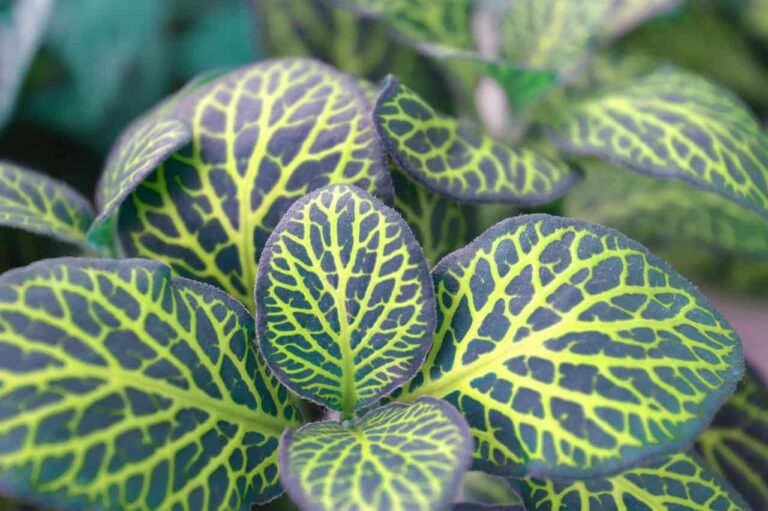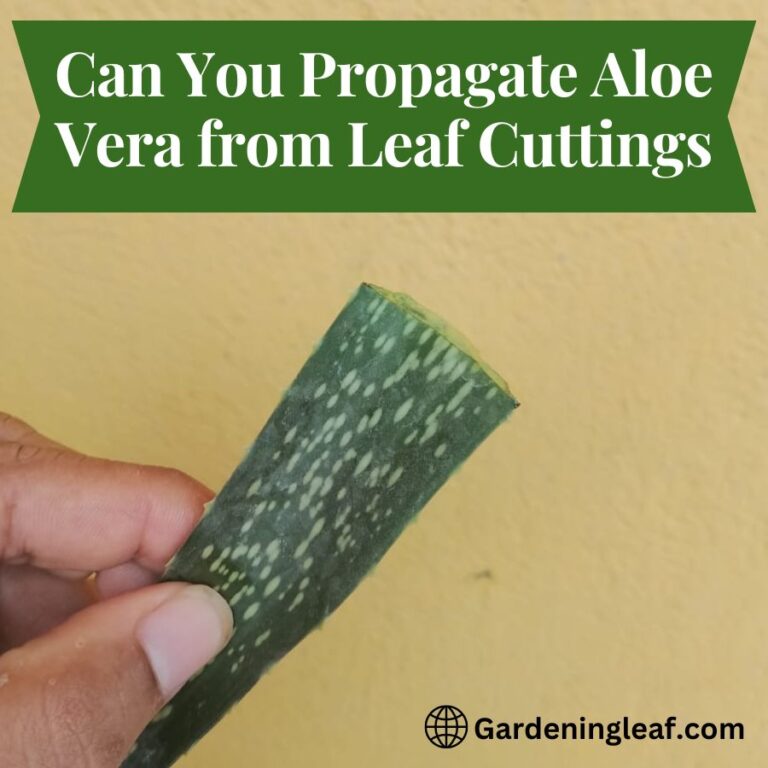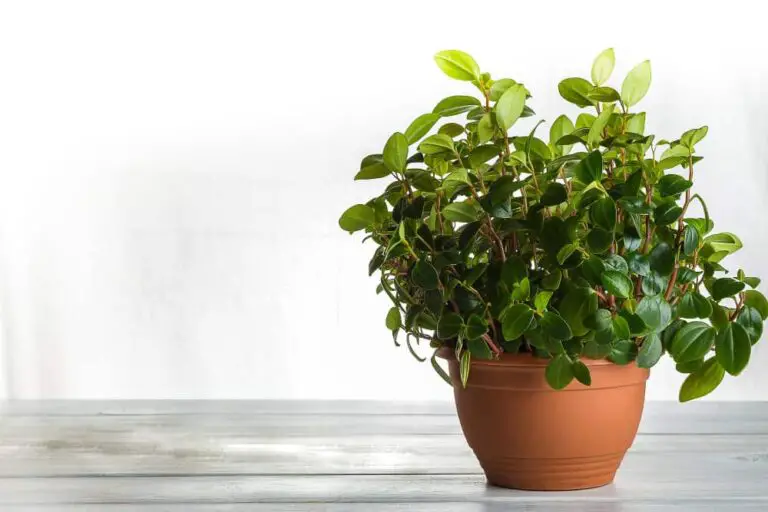Master the Art of Propagating Fig Tree Cuttings in Water!
Are you a fan of fresh, delicious figs straight from your backyard? Imagine plucking ripe fruits from your very own fig tree! Well, guess what? You can easily grow your fig trees by propagating cuttings in Water. It’s a simple and rewarding process. that saves money and Time.
It also allows you to bring the beauty of these iconic Mediterranean trees into your home or garden. We’ll have to give you all the information to root fig tree cuttings in water successfully.
Is it possible to grow fig tree cuttings in Water to make new trees?
Certainly, it is possible to propagate fig tree cuttings in Water. This technique is widely adopted and effective for growing new fig trees. It is helpful for those new to propagation. It necessitates only basic equipment and knowledge.
Following a few easy steps. You can witness the emergence of roots on your fig tree cuttings, leading them to flourish into robust and vibrant plants.
How To Propagate Fig Tree Cuttings in Water
Propagating fig tree cuttings in Water has a high rate of success. Like many other fruit trees, fig cuttings have the unique ability to root in Water due to their simplicity and dependability.
This method has gained popularity among individuals looking to propagate fig trees. Select a dormant season, such as winter, for taking the cuttings. To propagate fig tree cuttings in Water, follow these easy steps:
Gathering Your Materials:
Assemble all the necessary materials before diving into the propagating fig tree cuttings in water. Here’s what you’ll need:
1. Pruning shears or a sharp knife: These trusty tools will help you take cuttings from your existing fig tree. Ensure they’re cleaner than a whistle and sterilized to keep those pesky diseases at bay.
2. Clean jars or containers: You will also need clean jars or containers. They’re large enough to accommodate the cuttings and have a wide opening for ample airflow. Clear glass jars are an effective option as they allow you to observe the advancement of root growth.
3. Fresh Water: Fill those jars with clean, room-temperature Water. No chlorine or chemicals allowed! We’re all about optimal root development here.
Sanitize your pruners or scissors before making the cuts. You can immerse them in 1 part bleach and 9 parts water for half an hour. Or, you can apply rubbing alcohol or cleanse them with warm, soapy Water. Disinfecting the tools is important to prevent the transmission of diseases to both the cuttings and the parent tree.
Additionally, to prevent mold growth on the cuttings. If you notice any mold, you can clean them with 10% water-diluted bleach.
Taking the Cuttings:
Selecting branches with at least two nodes is important. The leaf nodes are the points along the branches where new shoots and roots will appear. Or, longer branches can be cut into smaller sections, each with three or more nodes.
Use pruning shears or sharp knives to create a clean cut below a node. It is at this location that the roots will grow.
Cut the bottom leaves of every cutting, retaining several leaves at the top. This helps reduce water loss and directs more energy toward root development.
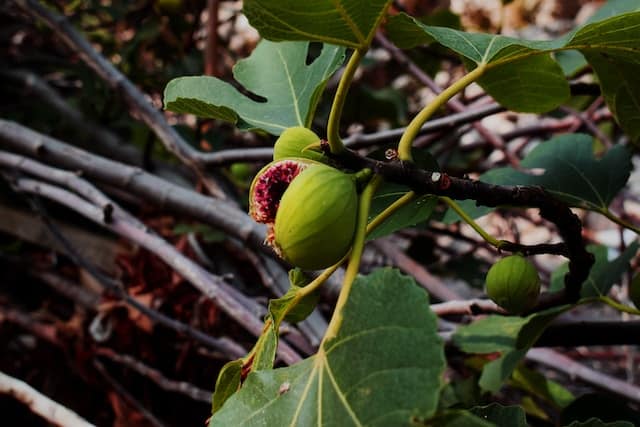
The Art of Water Propagation
Place the cutting in the container. Submerging at least one node in the Water is important. If possible, make two nodes submerged above the water level. This ensures that there is always one wet node, which promotes successful root development.
Placing the cuttings in Water helps prevent them from drying as they remain moist. Regularly changing the water is paramount to prevent contamination or root rot.
The Waiting Game:
Now you have placed your fig cutting in water. It will take some time to develop roots. So, Patience is key in this process of water propagation. Keep your cutting in a warm, well-lit area that gets indirect light.
But away from direct sunlight. If you are unable to provide enough light. Use grow lights to substitute the light insufficiency. Keep the water level constant by adding more room-temperature water as needed.
You will begin to notice results over the next 3-4 weeks. Small root buds may begin to appear at the submerged node. It indicates that your fig cutting is taking root. It’s an exciting moment, like seeing a sprout emerge from the soil after days of careful watering and nurturing.
Rooting Success:
Once roots are 1-2 inches long, move them into the soil or a larger pot for new growth. Choose a well-draining pot with nutrient-rich soil. Use a well-draining soil mix with rice hulls, shredded bark, perlite, vermiculite, pro-mix, coco coir, peat moss, worm castings, or compost.
It will provide the right conditions for growth. Lift the cutting out of the water, ensuring that it does not disrupt the formed delicate roots.
Gently insert the cutting into the pot and cover the root with soil while keeping the stem above the ground. Use firm pressure to compact the soil and remove any air pockets, providing stability for your young fig tree. For potential transplant shock, they may experience when transferring them to the soil. To minimize this shock, water the cuttings thoroughly after transplanting.
After Propogation caring fig tree cuttings in water
- To promote healthy root growth, continue to monitor the soil moisture levels. Maintaining wet soil is important. Avoid overwatering since this may promote root rot. Before watering again, let the topsoil dry. Also, make sure that the roots have adequate access to oxygen.
- Once the cuttings have developed roots, they can be moved to a different pot after a few weeks and placed in partial or full sun for optimal growth. Providing enough sunlight to the fig tree cuttings.
- Apply a well-balanced fertilizer designed for fruit trees. This will provide essential nutrients for healthy growth and abundant fruit production.
- Pruning is also important to care for your propagated fig tree cuttings. Pruning the tree helps shape it and improves airflow, minimizing the risk of diseases and pests. Be sure to remove any branches that are dead or damaged and those that are intersecting or causing friction with each other. This will help maintain a strong and balanced structure.
- Finally, watch out for pests or illnesses that might harm your fig tree. Aphids, mealybugs, and scale insects are common pests to look out for. Act promptly if you notice any signs of an infestation, like leaves changing color or a sticky substance. One option to consider is utilizing organic insecticidal soaps or horticultural oils. Also, introducing beneficial insects like ladybugs to help keep pest populations in check.
Benefits of Rooting Fig Cuttings in Water vs. Soil
| Benefits | Rooting in Water | Rooting in Soil |
|---|---|---|
| Simplicity | Easy process, minimal supplies | Requires soil and planting tools |
| Root Development | Rapid root growth | Gradual root development |
| Observation | Easy to monitor root growth | Roots hidden from view |
| Risk of Rot | Higher risk of rot or mold | Lower risk of rot or mold |
| Transplanting | Transplanting delicate process | Easier to transplant |
| Nutrient Availability | Limited nutrient availability | Rich soil provides nutrients |
| Watering Frequency | Requires frequent water changes | The success rate can vary |
| Time for Rooting | Faster rooting process | Slower rooting process |
| Success Rate | Higher success rate | Success rate can vary |
| Overall Convenience | Low maintenance | Requires regular care |
How Long Does It Take to Root Fig Cuttings in Water?
The time required for fig cuttings to develop roots in water can differ based on various factors. It includes the type of figs, the cutting condition, and environmental elements. Still, roots take between 2 to 6 weeks to form.
Other Fig Propagation Methods
While rooting fig cuttings in water is a popular method, there are other ways to propagate fig trees.
Soil propagation
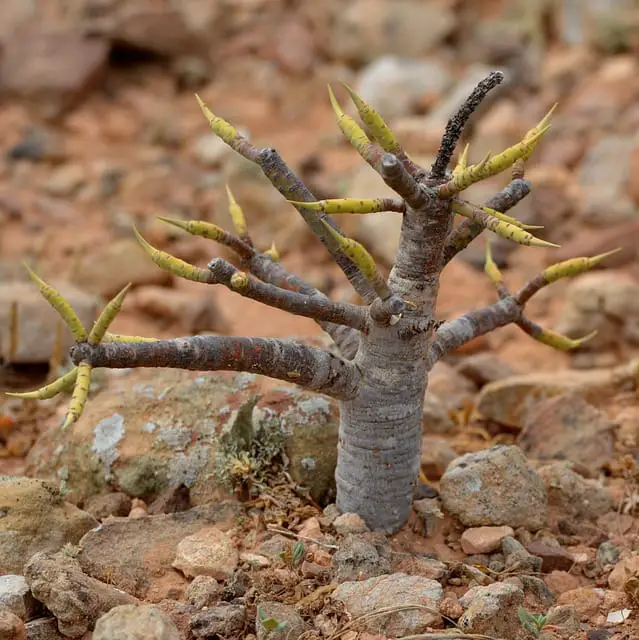
One alternative method is using potting soil instead of water. Instead of placing the cuttings into the water, Place them in moist soil and perlite or vermiculite. This provides a more natural environment for the cuttings to develop roots.
Before planting the cuttings, dip them in rooting hormone to improve root growth. This method takes 6-8 weeks to develop strong, healthy roots.
Air Layering:
Another method of propagating fig trees is through air layering. This technique involves creating a small root system on the plant. At the same time, it is still attached to the parent tree. To do this task, create a small incision in the stem and cover it with damp sphagnum or peat moss. Cover the cut area with a plastic bag to make a high-humidity environment.
Over time, roots will sprout and mature. Once the roots have fully developed, it’s time to detach them from the original tree and relocate them to a new spot.
Air layering can be more time-consuming than water or soil propagation. Air layering can be time-consuming as the roots may take several months to develop. But, it is a reliable method that has a high success rate. This method is particularly beneficial for larger fig plants. That could be challenging to propagate using other techniques.
Grafting:
Grafting is another common technique used to propagate fig trees. Grafting is a method that involves combining two different varieties of fig trees to create a new plant. It is often used when you want to preserve the desirable traits of one tree and transfer them to another.
Grafting can be a more advanced technique than water or air layering. It requires some experience and skill. But, it offers the advantage of creating new fig tree varieties with specific traits you desire.
Seed Propagation:
Collect ripe figs and extract the seeds. To soften the tough outer shell, immerse the seeds in warm water for 24 hours. Place the seeds in seedling trays filled with soil and keep the soil moist. With patience and care, you may get sprouts from these seeds.
How Much Water Should You Use To Root Fig Tree Cuttings?
Finding the right balance when putting fig tree cuttings in water is important to grow roots. You want to provide enough water to support the growth of roots. Yet, it is critical to strike a balance so the cuttings do not decay or become waterlogged.
A good rule of thumb is to keep the water level below the bottom node of the cutting. This ensures that the lower part is submerged, allowing water to be absorbed. At the same time, the upper part remains above water.
Change the water every couple of days or if it gets hazy or sluggish. This helps prevent the buildup.
What time of year is best for taking fig tree cuttings?
The best time to take cuttings from a fig tree is late winter or early spring when it is still dormant. The tree’s energy is concentrated on new root growth during this period. It is the perfect propagation time.
Additionally, the weather conditions during this season are generally more favorable for successful rooting and establishment of new plants.
Conclusion
Many growers have successfully propagated fig trees by starting cuttings in water. This method is considered one of the easiest ways to propagate fig trees. Rooting fig tree cuttings in water is a beginner-friendly and effective propagation method. It offers several benefits, including higher success rates and faster root development than rooting in the soil.
But providing the right conditions for your cuttings. Such as maintaining proper water levels and using clean containers is important. If you show patience and care for them, your fig cuttings should root in a few weeks to a few months.


